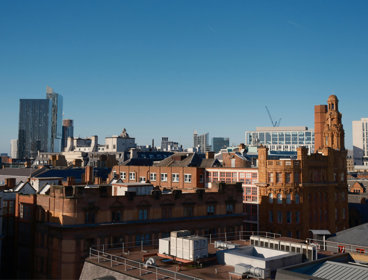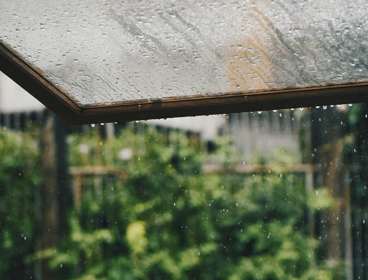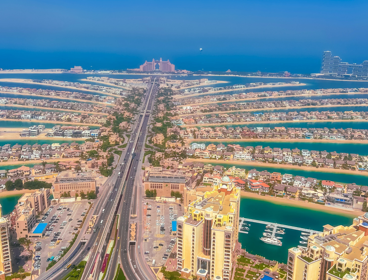Each month we are spotlighting recently published research from one of the Society’s leading international journals: Area, The Geographical Journal, Transactions of the Institute of British Geographers, and Geo: Geography and Environment. This month we’re featuring an article from Transactions, which explored the impact time out of work during Covid-19 had on how we socialised, travelled and worked.
Time out of work during COVID-19
From March 2020 to September 2021, a quarter of the UK’s workforce was furloughed. Time out of work continues to impact many lives, with the number of people on long-term sick leave at record levels.
Time out of work is often understood purely through statistics. But what are the lived experiences behind these figures? Geographer and artist Victoria J E Jones explored this question in conversation with 35 workers furloughed during Covid-19, using the concept of disorientation to analyse their experiences. For geographers, disorientation draws attention to the spaces, relationships, and experiences which provide a sense of comfort and familiarity in our everyday lives, and what happens when these are disrupted.
Disorientating experiences of furlough
It’s likely that you or someone you know was furloughed during the COVID-19 pandemic. How did time out of work alter your experience of everyday life? For some, furlough allowed more time for rest and relaxation. For others, furlough was an uncomfortable time of disconnection and disorientation.
Many people thought that through furlough they could do all the things that they've always wanted to do, all the things they didn't have time for because they were working. But for many people, that simply wasn’t the case.Victoria
I use orientation and disorientation as a way of thinking about people who are out of step with their normal flows of life. Furloughed people lost the orientations of work and became disorientated in their own homes.Victoria
Victoria’s research revealed how disorientation was felt in different ways. Being no longer physically present in the workplace could transform daily routines, leading to a sense of disorientation in experiences of space and time. Meanwhile a change in sense of self, work identity and relationships led to emotional disorientation in some instances. Some furloughed workers also commented that being surrounded by different, and perhaps unwelcome, sensory stimuli, resulted in further feelings of unease and disorientation. Victoria’s conversations with furloughed workers brought these feelings of disorientation to life. For Abigail, a fine dining chef, furlough was spatially disorientating. To avoid interrupting her husband’s work calls, she stopped using certain parts of the house. Alexandra, an optometrist, found furlough temporally disorientating. She simply had too much time on her hands and would struggle to fill the vastness of long, empty days, feeling guilty about her lack of productivity during this newly enforced leisure time.
For Louise, a stage manager, furlough was spatially and emotionally disorientating. To avoid her flatmate’s emotional outbursts, Louise would withdraw to her bedroom, unable to seek support from others in the flat. She began to diminish her own feelings and emotions against the intensity of her companion’s, despite finding the experience of furlough difficult herself. In this way, Louise oriented herself differently within her home, using her flatmate as a new marker by which to assess her own levels of distress. Bedrooms in shared accommodation also came to represent the disorientations of furlough and lockdowns more broadly as they became spaces of safety, of work, and of isolation.
Lessons from furlough
Through spotlighting the lived experiences of furloughed people, Victoria positions time spent out of work as potentially challenging periods that remove us from the familiar spaces and routines of our daily lives.
The lens of human geography is perfect for thinking about furlough. It draws the eye to the everyday rhythms and patterns of going to work – during time out of work, people are out of space and time.Victoria
This perspective can help us understand experiences of maternity and paternity leave, retirement, and sick leave. Like furloughed people, those waiting to return to work today are likely to encounter feelings of uncertainty, precarity, and disorientation.
Many furloughed people were hanging in this uncertainty, which heightens feelings of disorientation. This has parallels with sick leave where people don’t necessarily know when they're going to get better enough to go to work. We see similar feelings of uncertainty and precarity in relation to work.Victoria
Yet, amongst the disorientations of time out of work, people do find ways to structure their lives and seek purpose: they find new orientations. For those furloughed, this was often another person. For example, Alexandra, the optometrist, orientated her days around her husband. When he would return from work, his presence would spur her into action, meaning she felt like she could finally start her day. Today, as people continue to navigate challenging periods of time out of work, they adapt, orientating themselves in new ways.
In lieu of the thing that gives you agency and purpose, you will still find a way of orientating yourself. For furloughed people this was often about orientating towards another person as work was no longer there.Victoria
Next steps
Victoria is hoping to write a book combining her participants’ stories to help furloughed people understand their shared experiences. She plans to re-interview her participants to explore how they have found returning to work, helping us understand the long-term impacts of time out of work.
Take a look at our other research spotlight articles here.
This research spotlight article was written by Safia Bailey (Cardiff University).



